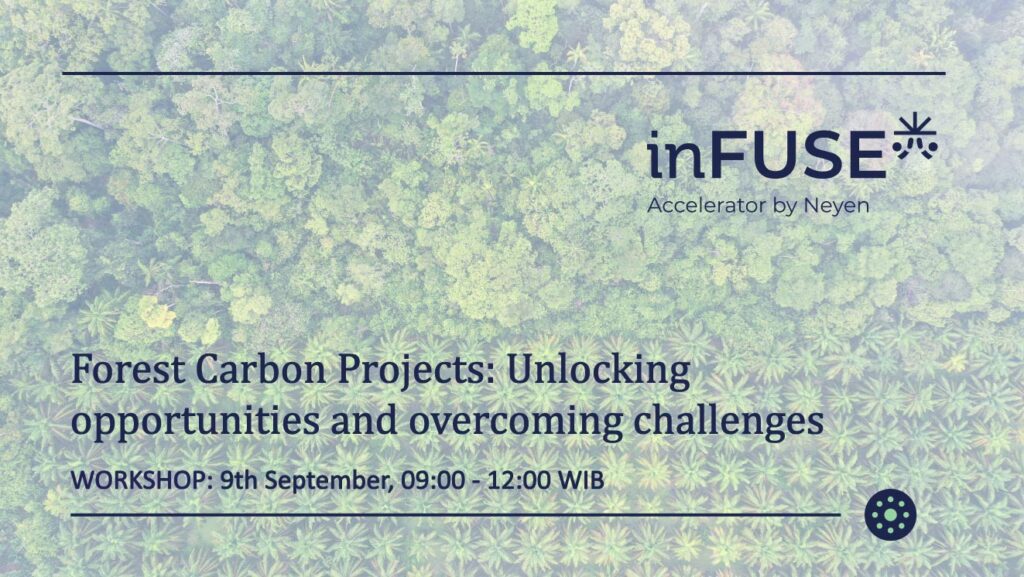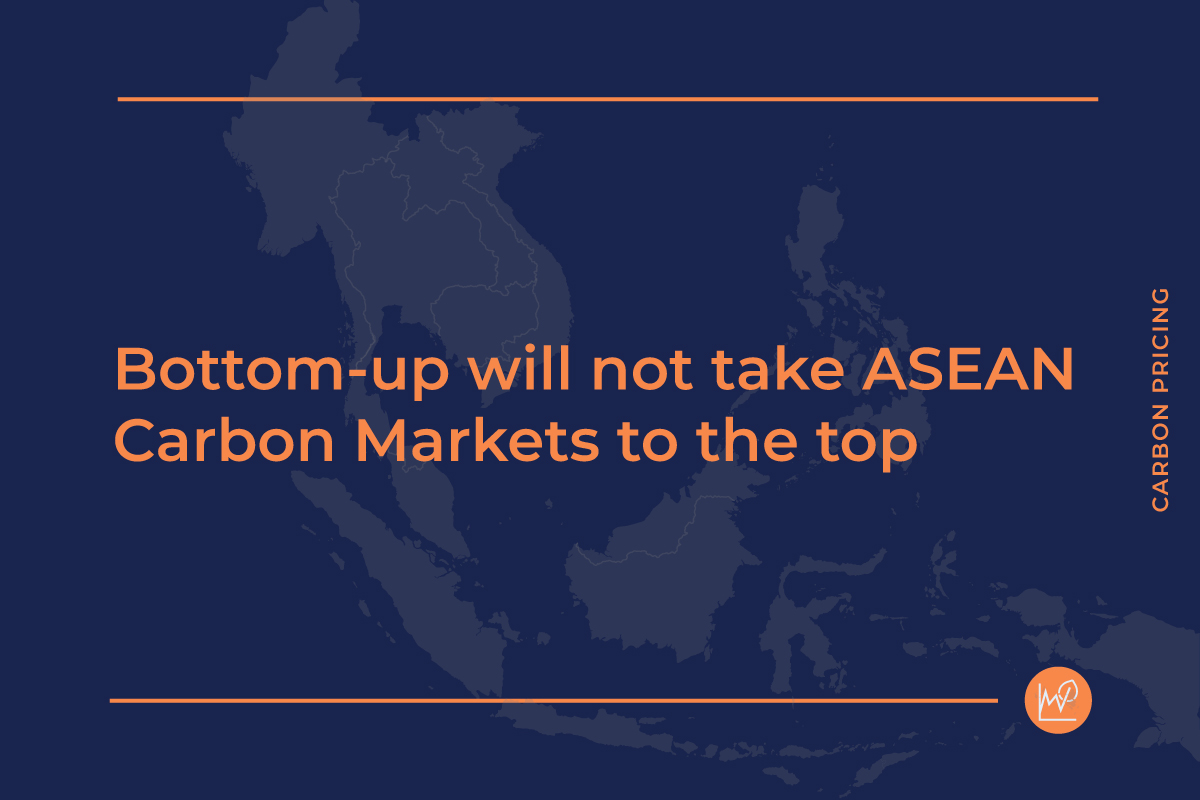Disclaimer: Views, opinions and analysis provided by guest speakers and participants are their own. Reproducing them on our website does not imply that they are endorsed by Neyen.
Forest Carbon Basic Concepts
Forest carbon generally refers to the carbon stored in forests; by capturing and storing carbon dioxide from the atmosphere through photosynthesis, using trees as natural vehicles for carbon sequestration. Meanwhile, forest carbon offsets refer to a process where a forest, threatened by deforestation or other activities, is preserved in return for financial compensation
Neyen’s Sarfina Adani started the workshop by introducing the basic concepts of forest carbon and its offsets. There are three identified types of forest carbon offsets, namely afforestation/reforestation; avoided conversion; and improved forest management (IFM).
- Afforestation/reforestation – replanting trees around lands previously devoid of forests.
- Avoided Conversion – preventing the transformation of forested areas into non-forested landscapes, such as the REDD+ initiative.
- Improved Forest Management (IFM) – optimizing the management practices of forested areas to enhance carbon sequestration.
In Indonesia, Sumatra and Kalimantan Islands have the greatest potential for reforestation, which is closely related to the history of deforestation and degradation. From three scenarios designed for this study [1], Indonesia has a 1.7 Mha area of land potential for reforestation under the realistic scenario. However, the study also says that there are 9.5 Mha and 19 Mha areas of land for reforestation under the ambitious and very ambitious scenarios respectively, translated to 5 – 8 times higher than the realistic scenario. Issues such as high cost, baseline calculation, and best practices have challenged the realization of Indonesia’s forest carbon opportunities.
Risks and Mitigation Strategies in Forest Carbon Projects
Project developers can address these issues by ensuring the development of high-quality carbon projects. Guest Speaker, Handoko Limaho CEO of Hutan Kencana Group, explained the importance of high-quality standards in a forest carbon project which can enhance credibility, and maximize environmental impact and regulatory compliance. However, a project developer needs to also understand the risk in the operations of forest carbon projects. In this context, four types of risk are identified:
- Demand fluctuations and pricing volatility
- Biodiversity loss and ecosystem degradation
- Community displacement and rights violation
- Lack of regulatory frameworks and standards
Some mitigation strategies to avoid these risks include engaging local communities, implementing monitoring systems, ensuring transparency, and building stakeholder partnerships.
Standards such as the ICVCM’s Core Carbon Principles and VCMI’s Claims Code of Practice can help project developers ensure the high quality of their projects, including forest carbon projects. A high-quality carbon project can bring environmental, economic, and social benefits and create long-term sustainability.
10 principles from ICVCM’s CCP
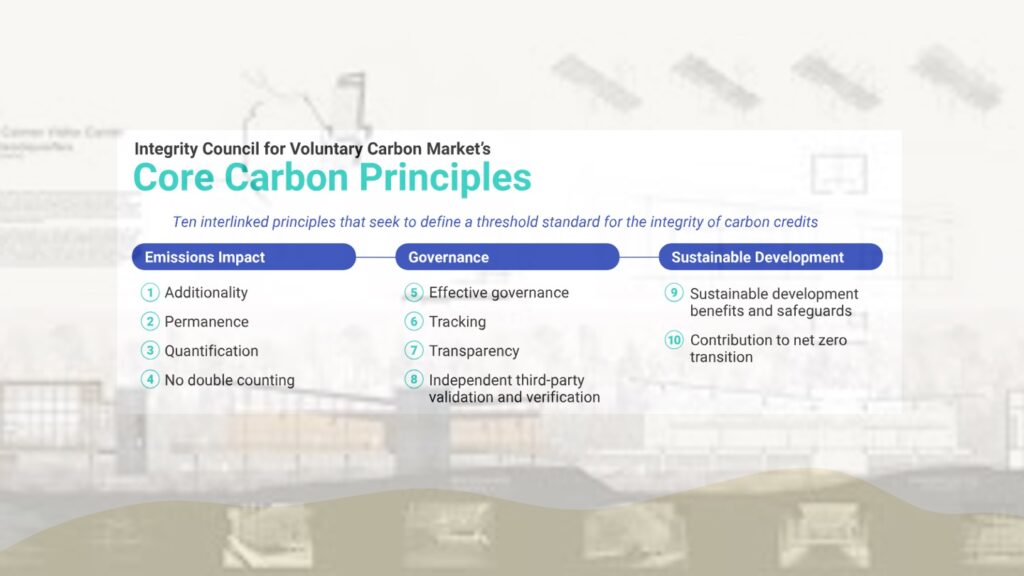
Current and Future Trends of Forest Carbon Markets
Forest carbon projects contribute to the largest transaction values in the Voluntary Carbon Market (VCM), reaching $1.33 million in 2021.[2] However, there has been a sharp decline in traded volumes and transaction values of forest projects due to several reasons, such as the methodology for REDD+ projects being updated by VERRA; and a more intense due diligence process by buyers due to recent media scrutiny towards carbon markets.
At the end of his presentation, Handoko outlined four points as a projection for future trends in forest carbon markets:
- Increasing regulatory frameworks in major economies
- Enhanced corporate climate disclosures influencing carbon credit demand
- Growth in jurisdictional REDD+ initiatives, especially in tropical nations
- Climate change impact on project viability
Increasing Attractiveness for Investors
Participants, predominantly project developers – and other groups such as researchers and legal services, had an engaging Q&A session after the speakers’ presentations. The discussion revolved around project developers’ expectations to increase the attractiveness of forest projects in Indonesia for investors and potential buyers, especially with the new administration coming in October.
On this, Handoko shared the optimism on improvements being made by the Indonesian government, especially in the following three areas.
- First, the new administration has made promises to update methodologies and mutual recognition for forest projects in the first 100 days of work.
- Second, there is a plan to launch a new carbon agency – which will be an independent agency focusing on carbon projects and transactions. Most importantly, the new agency will be a platform for stakeholders’ consultation, which has been a challenge in the operationalization of many carbon projects.
- Third, it is expected that there should be clarity and transparency for carbon pricing mechanisms, including its revenue distribution.
In addition, project developers need to keep updated with international standards, such as the process of CCP labeling by ICVCM.[3] This can help to avoid issues such as outdated methodologies and analyze buyers’ preferences with strategic calculations. Another important thing is to prioritize the additionality concept, enhance calculation, and ensure co-benefits for communities, which can start with strengthening partnerships and alliances amongst stakeholders. By doing these, it is expected that project developers can create more high-quality projects and will attract more investors and potential buyers.
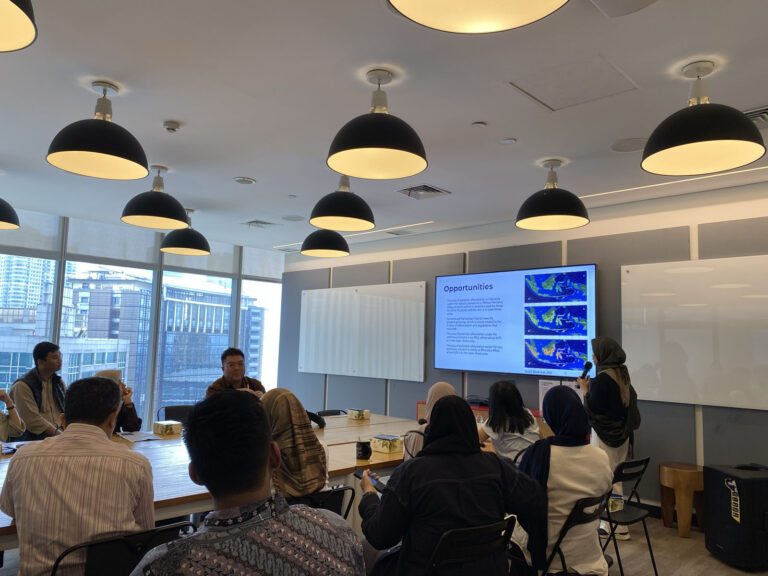
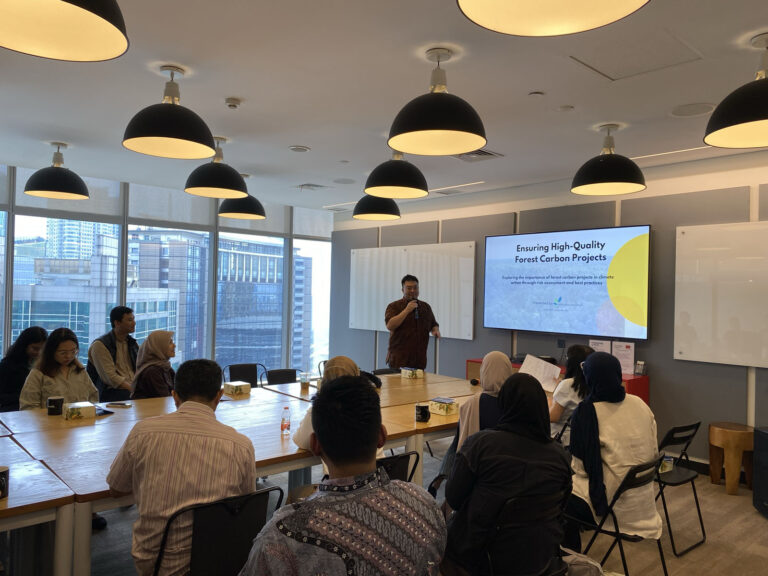
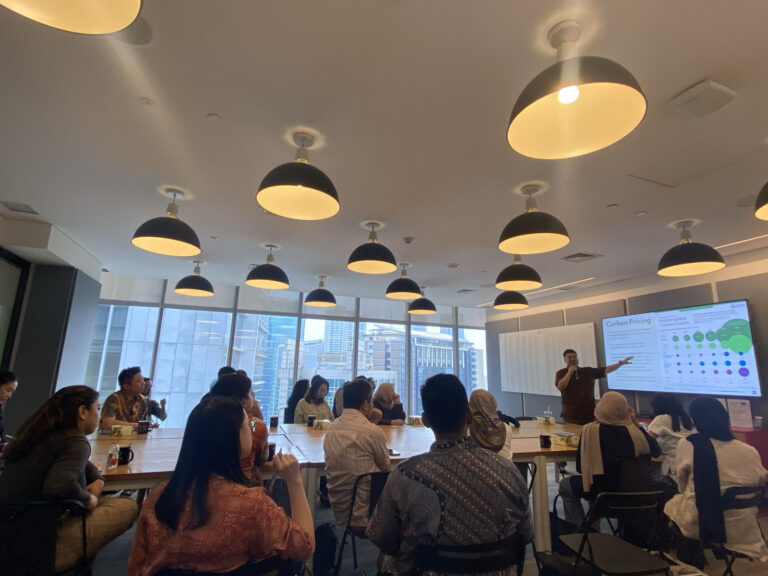
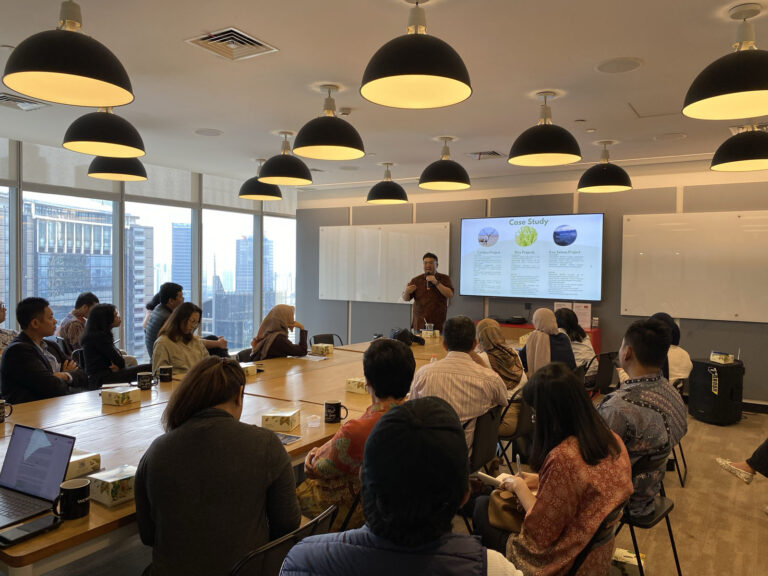
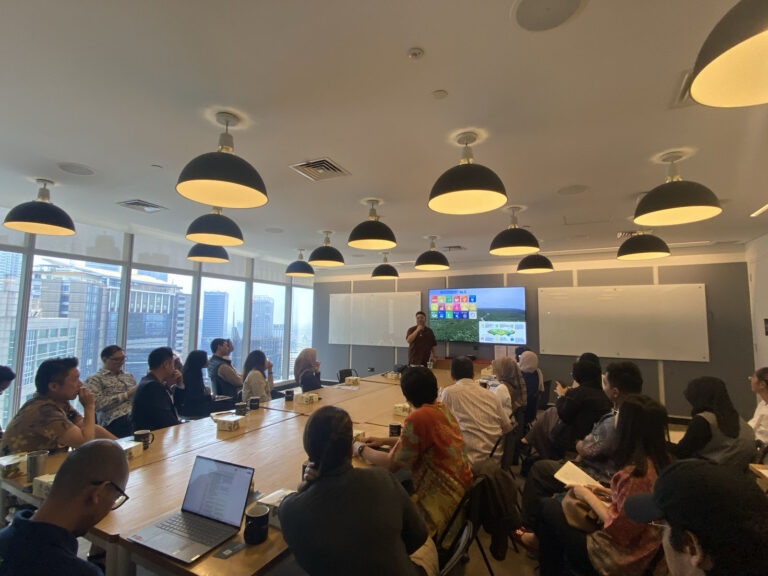
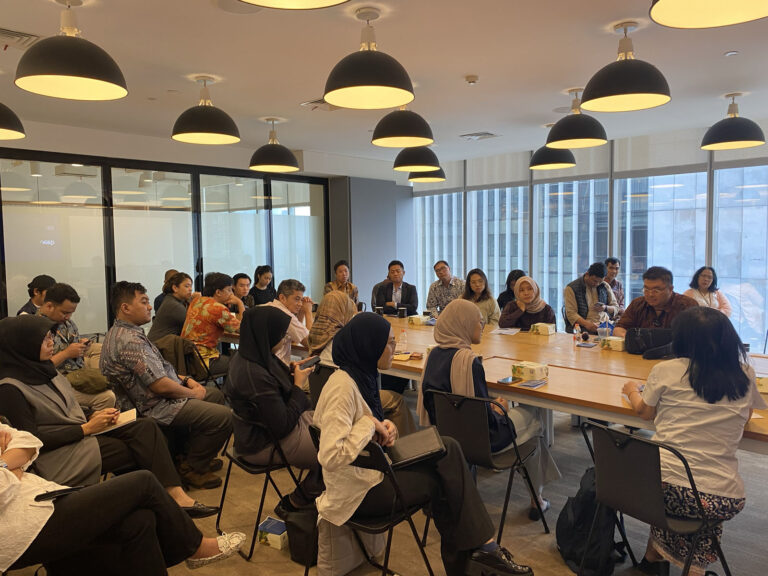
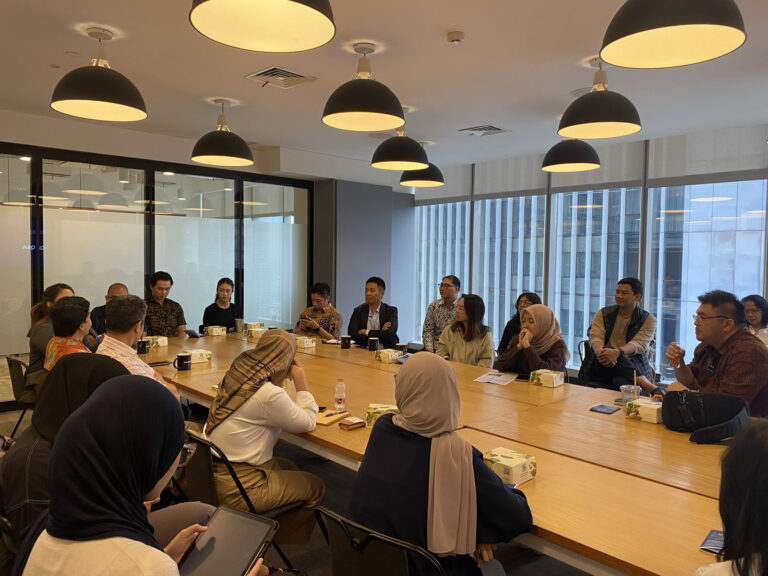

Materials
Introduction to Forest Carbon
presented by Sarfina Adani, Consultant, Neyen
Ensuring High-Quality Forest Carbon Project
presented by Handoko Limaho, CEO, Hutan Kencana Group
Full event recording
References
[1] Reforestation Opportunities in Indonesia: Mitigating Climate Change and Achieving Sustainable Development Goals, MDPI, Basel, Switzerland.
[2] Carbon Streaming. 2021. Accessed through Handoko’s presentation – slide 9.
[3] Integrity Council announces first high-integrity CCP-labelled carbon credits, as assessments continue ICVCM, June 2024

